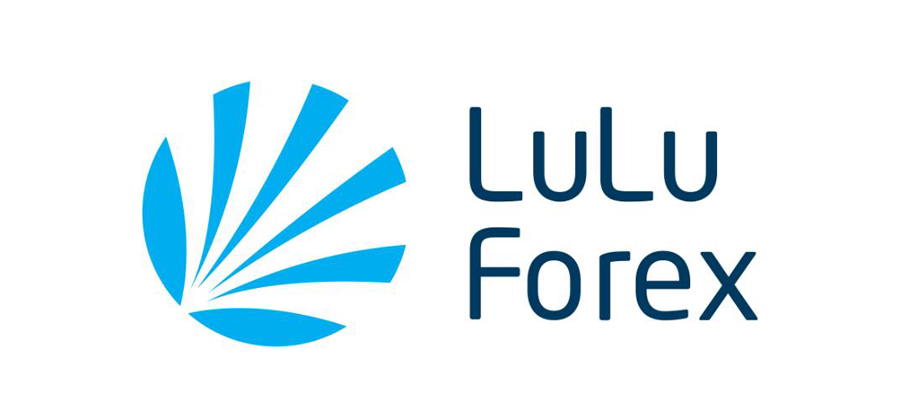

The financial sector is at the forefront of technology development, utilizing digital solutions to increase client comfort and efficiency. The industry is, however, also exposed to a variety of new cyber threats as a result of this digital revolution. Financial institutions are the subject of sophisticated cyberattacks by cybercriminals who are constantly changing their strategies in an effort to gain sensitive data, disrupt business, and take advantage of weaknesses. Let’s examine the most significant recent cyberthreats to the financial sector and consider preventative measures to protect against them.
1. Ransomware Attacks: Holding Data Hostage
Ransomware attacks have become a significant concern for the financial industry. Cybercriminals exploit vulnerabilities in systems to gain unauthorized access and encrypt critical data, demanding a ransom for its release. These attacks can cause severe operational disruptions, financial losses, and reputational damage. Financial institutions must take proactive measures to mitigate this risk, such as:
- Robust Security Measures: Implement comprehensive security solutions, including advanced firewalls, intrusion detection and prevention systems (IDPS), and endpoint protection. Regularly update and patch systems to address known vulnerabilities.
- Employee Education: Conduct ongoing cybersecurity training to educate employees about phishing techniques, social engineering, and safe browsing habits. Teach them to identify suspicious emails and avoid clicking on malicious links or downloading attachments from unknown sources.
- Regular Data Backups: Implement robust backup processes to ensure critical data is regularly backed up and stored in secure off-site locations. Test the restoration process to guarantee data can be recovered in the event of a ransomware attack.
2. Advanced Persistent Threats (APTs): Stealthy and Targeted Attacks
Advanced Persistent Threats (APTs) are sophisticated, long-term cyber attacks orchestrated by skilled adversaries. APT actors, often state-sponsored, target financial institutions to gain unauthorized access to sensitive data, including customer information and intellectual property. To mitigate the risk of APTs, financial institutions should:
- Multi-Layered Defense: Implement multiple layers of security controls, including network segmentation, strong authentication mechanisms, and robust endpoint protection. Employ next-generation firewalls, intrusion prevention systems (IPS), and security information and event management (SIEM) tools for real-time monitoring and threat detection.
- Continuous Threat Intelligence: Stay up to date with the latest threat intelligence to understand evolving attack vectors and tactics employed by APT groups. Collaborate with industry peers, government agencies, and cybersecurity experts to share information and enhance threat detection capabilities.
- Regular Security Assessments: Conduct periodic penetration testing, vulnerability assessments, and security audits to identify weaknesses in network infrastructure and applications. Implement timely remediation measures to address identified vulnerabilities.
3. Insider Threats: The Risk Within
Insider threats pose a significant risk to the financial industry as employees or trusted individuals within an organization can misuse their access privileges. Insider threats can involve data theft, manipulation of transactions, or unauthorized disclosure of confidential information. Financial institutions should adopt the following measures to mitigate insider threats:
- Access Controls: Implement strict access controls and user management processes, following the principle of least privilege. Continuously monitor and review user permissions to ensure they align with job roles and responsibilities.
- Employee Vetting: Conduct comprehensive background checks during the hiring process to identify any red flags or prior incidents that could indicate potential insider threats. Implement a robust onboarding process to communicate security policies and expectations clearly.
- Monitoring and Auditing: Employ monitoring systems to track user activities, network traffic, and access to sensitive data. Regularly review logs and conduct audits to detect and investigate any suspicious activities.
- Employee Awareness Programs: Educate employees about the importance of data security, the consequences of insider threats, and the channels available for reporting suspicious activities. Foster a culture of security awareness and encourage employees to report concerns promptly.
4. Cloud-based Vulnerabilities: Protecting Data in the Cloud
The financial industry’s increasing adoption of cloud services brings scalability and cost-efficiency but also introduces unique security challenges. Misconfigured cloud instances, insecure APIs, and unauthorized access to data are potential risks. To enhance cloud security, financial institutions should:
- Comprehensive Cloud Security Strategy: Develop a robust cloud security framework that includes encryption of data in transit and at rest, secure configuration management, and strict access controls. Leverage cloud security tools and services provided by reputable cloud service providers.
- Continuous Monitoring and Auditing: Implement cloud security monitoring solutions to detect and respond to suspicious activities and potential breaches. Monitor access logs, network traffic, and user behavior to identify anomalies and potential security incidents.
- Strong Authentication and Identity Management: Utilize multifactor authentication (MFA) mechanisms, role-based access control (RBAC), and identity and access management (IAM) solutions to manage user identities and ensure only authorized individuals can access cloud resources.
- Regular Security Assessments: Conduct periodic security assessments and penetration testing of cloud environments to identify and remediate vulnerabilities. Stay informed about cloud service provider security practices and collaborate with them to address potential risks.
5. Mobile Banking Threats: Protecting Customers on the Go
With the rise of mobile banking apps, cybercriminals have shifted their focus to mobile platforms. Malicious apps, mobile phishing, and SIM swapping attacks are among the emerging threats facing the financial industry. Financial institutions should take the following steps to protect mobile banking users:
- Secure App Development: Follow secure coding practices and conduct thorough security testing during the development of mobile banking applications. Implement measures to protect against reverse engineering, tampering, and code injection attacks.
- Strong Authentication: Implement strong authentication mechanisms, such as biometric authentication, hardware tokens, or one-time passwords (OTP), to enhance the security of mobile banking transactions and prevent unauthorized access.
- User Education and Awareness: Educate mobile banking users about the risks associated with downloading apps from unofficial sources, clicking on suspicious links, or sharing sensitive information. Encourage users to install reputable security software on their mobile devices and enable automatic app updates.
- Monitoring for SIM Swapping Attacks: Collaborate with mobile network operators to detect and prevent SIM swapping attacks. Implement additional security measures, such as requiring customers to provide additional verification before making account changes.
The concerns listed above are merely the tip of the iceberg; every day, unforeseen risks appear. To counter such attacks, the defenders began utilizing AI (Artificial Intelligence) and ML (Machine Learning) technology. The most concerning aspect of this is that malicious actors may have already begun investigating these technologies for an offensive purpose.
As the financial industry continues to evolve in the digital age, it must remain resilient against emerging cyber threats. By understanding the evolving threat landscape and implementing proactive cybersecurity measures, financial institutions can safeguard their systems, data, and reputation. Robust security measures, employee education, continuous monitoring, and collaboration with industry peers are crucial in maintaining a secure environment and protecting the trust of customers and stakeholders in the financial industry’s future.
Midhun Kumar A.V

Popular BLOG

June 4, 2025
How to Exchange Foreign Currency Online in Mangaluru Without Hassle

May 21, 2025
Everything You Need to Know About Exchanging Foreign Currency in Mumbai

April 25, 2025
Simplify Currency Exchange in Pune: A Step-by-Step Guide

March 28, 2025
Quick and Secure Ways to Exchange Foreign Currency Online in Hyderabad

March 7, 2025
Currency Exchange in Chennai Made Easy: How to Get Started

February 7, 2025
How Safe is LuLu Forex for Your Currency Exchange Needs?

January 28, 2025
Where to Find the Best Online Currency Exchange Services in Delhi

January 3, 2025
How to Exchange Foreign Currency in Bangalore Online

November 29, 2024
A Guide to 20 Global Currencies for Overseas Travel

November 13, 2024
Maximise Your Travel Convenience with a Multi-Currency Travel Card

LatestBLOG
Please feel free to contact us
Choose from one (or more) of the options on the right and we’ll be in touch.
For direct contact, please click here
 Enquire Now
Enquire Now

